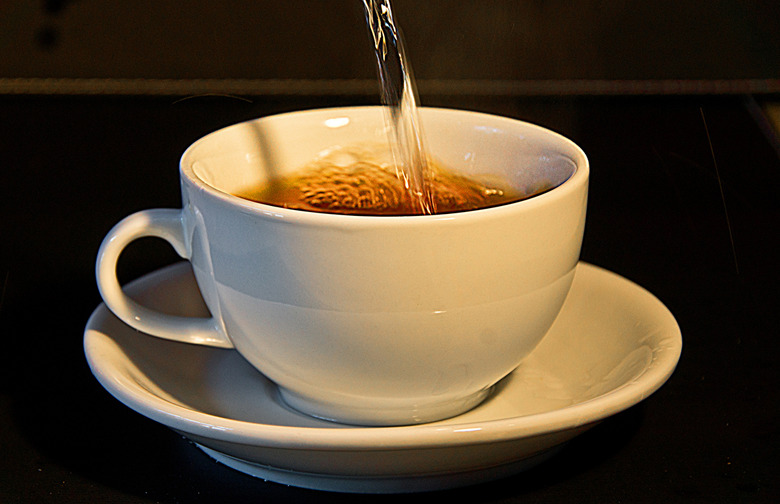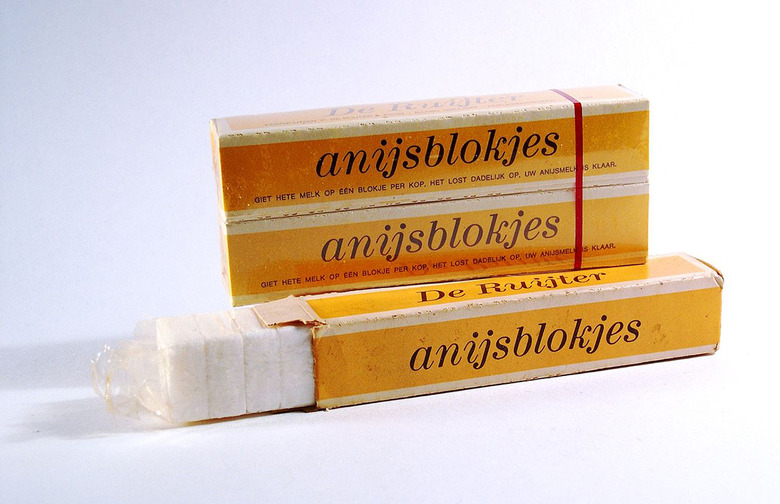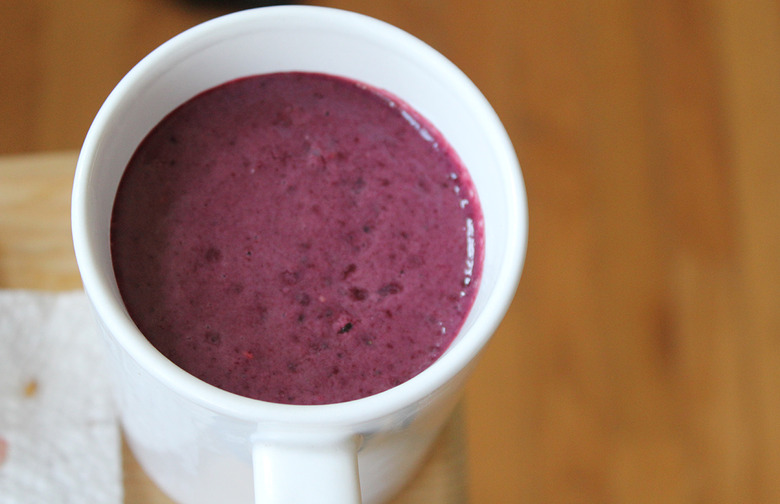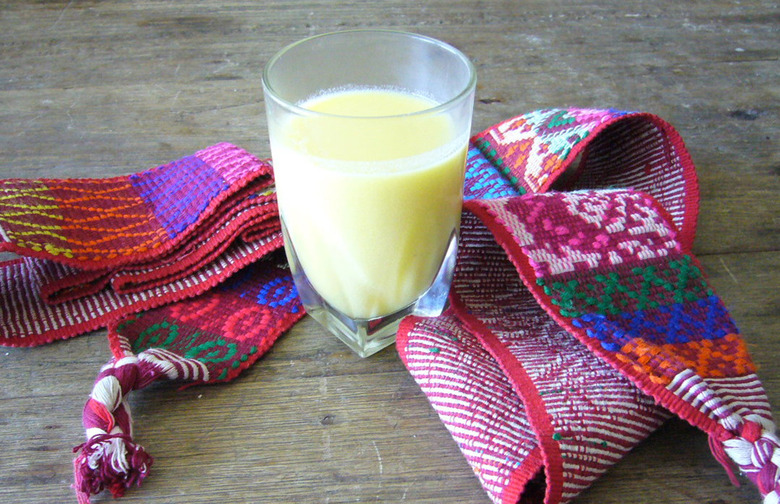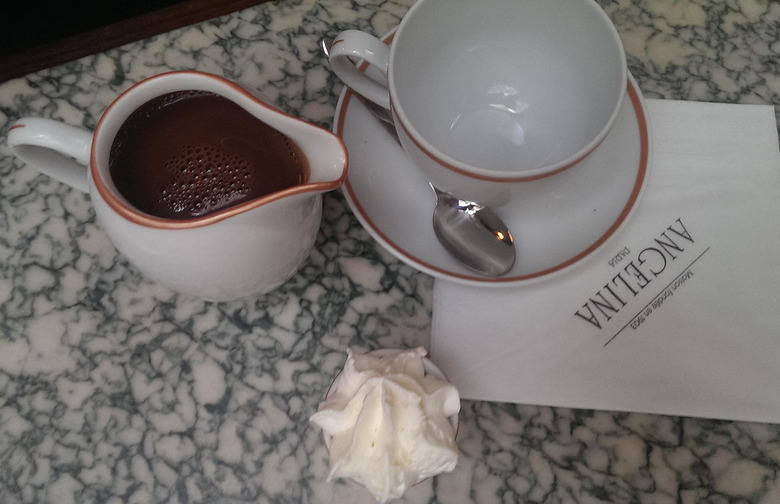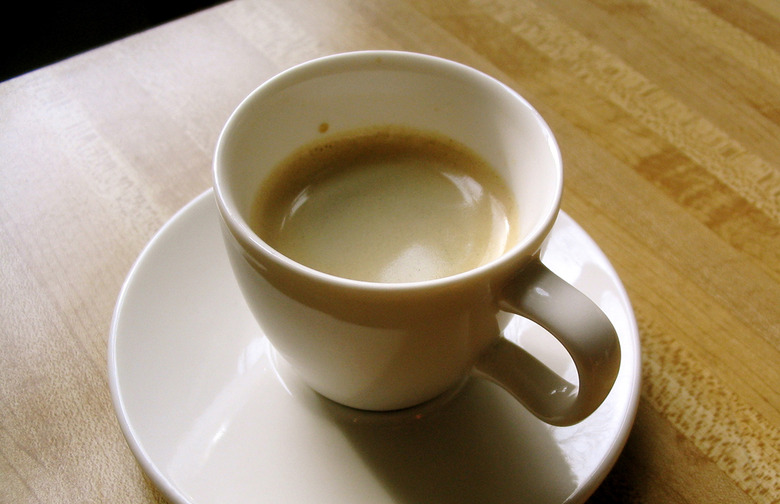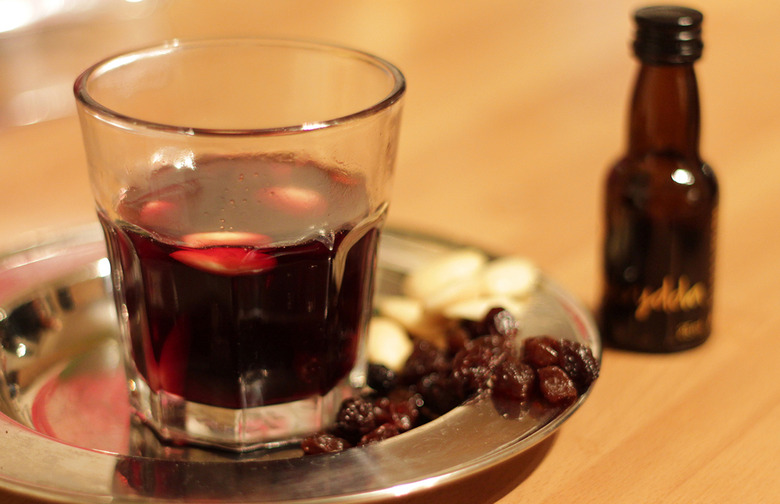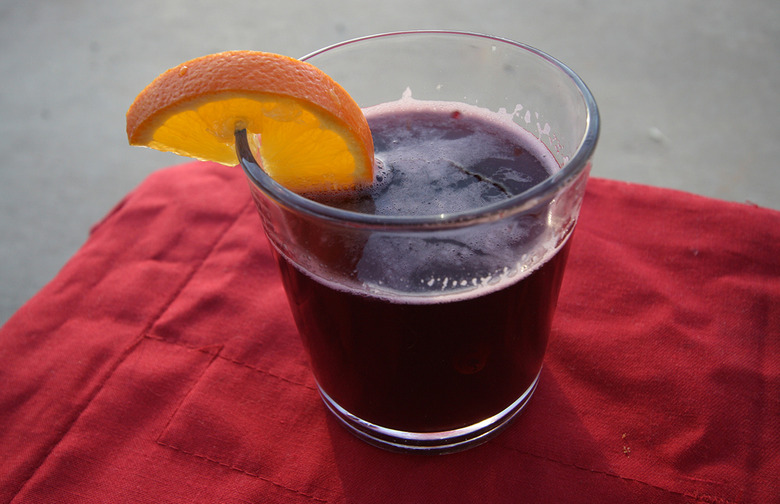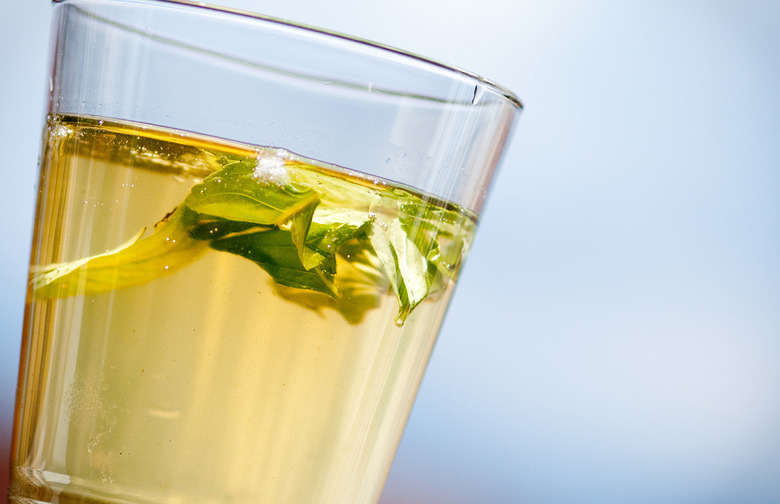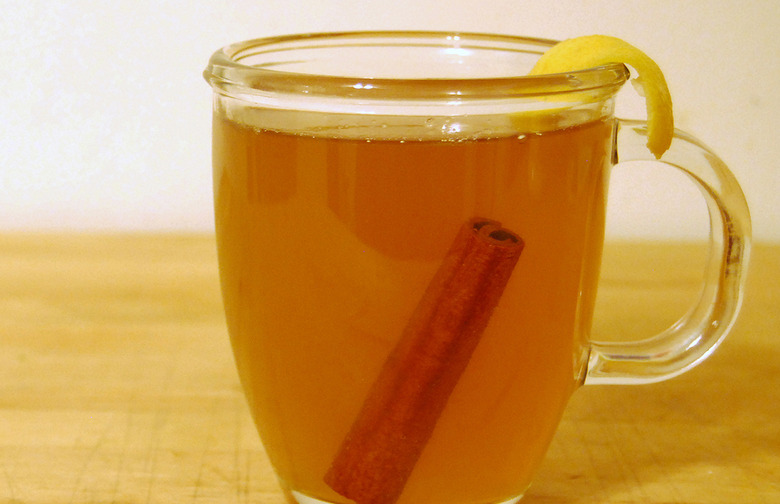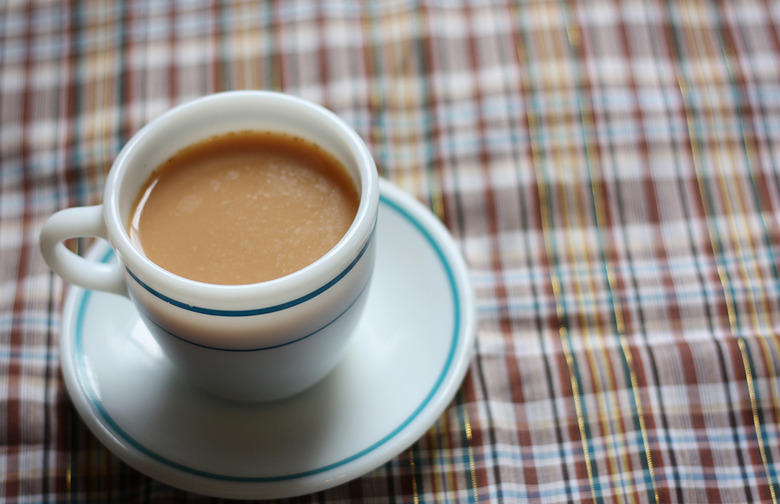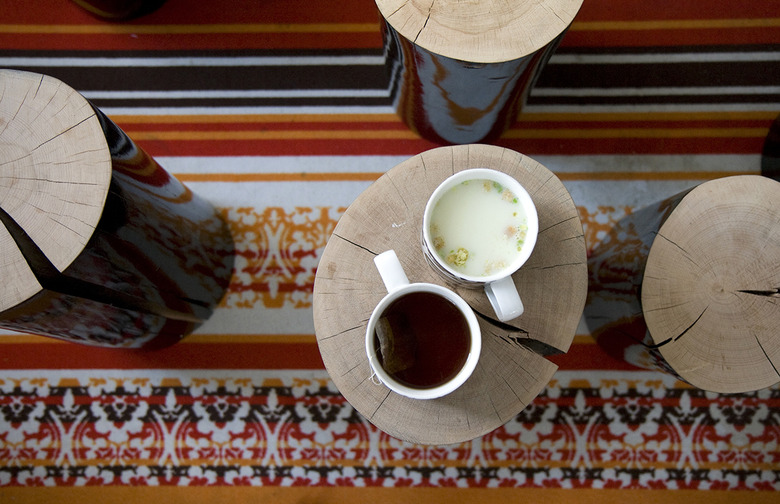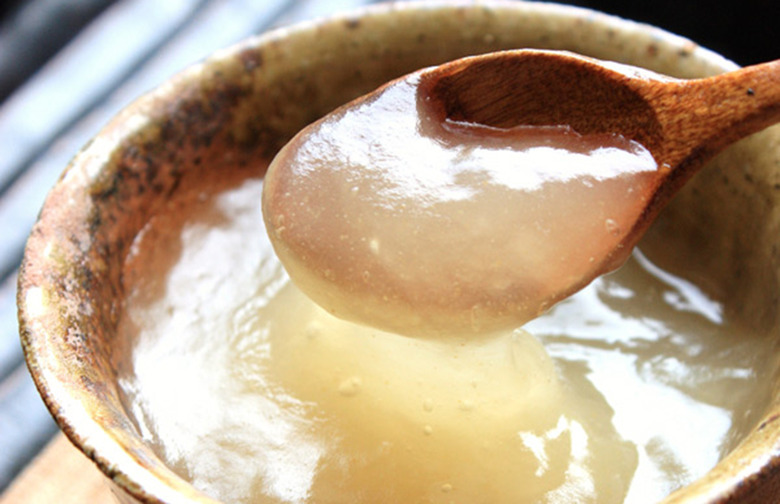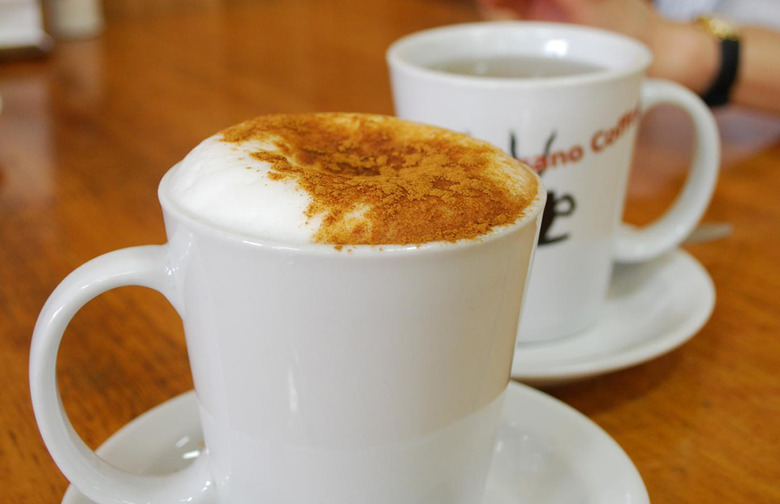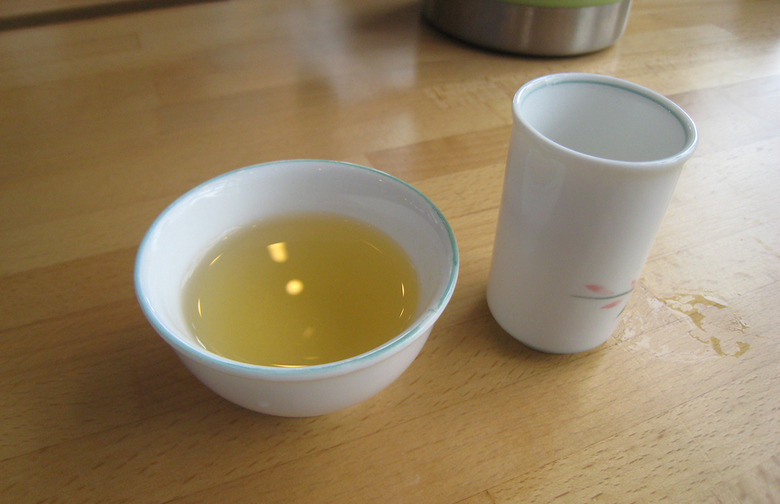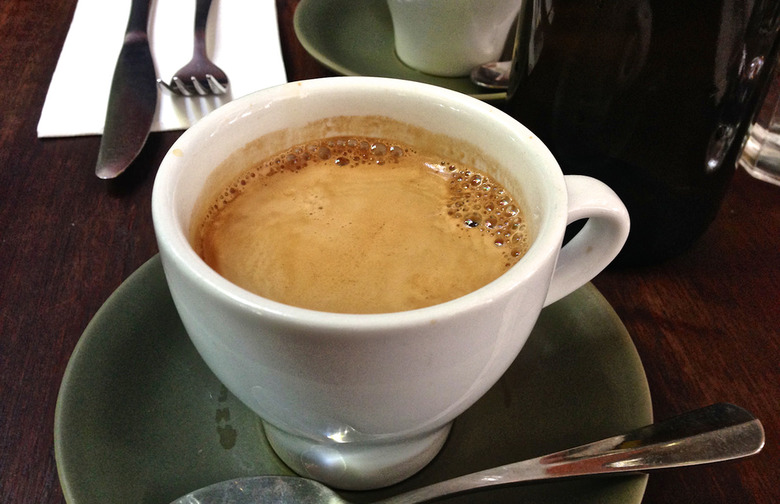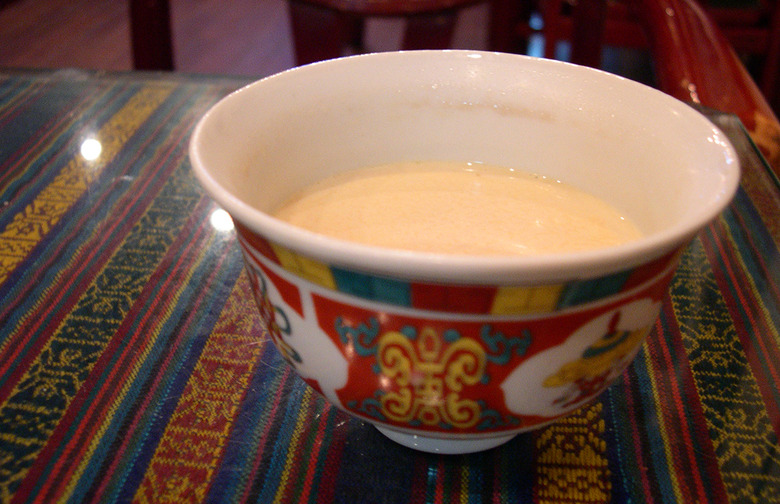17 Hot Beverages For Winter From Around The World Slideshow
We at the Daily Meal decided to find out what warming beverages are served in countries all over the world — from Australia to Indonesia — and have gathered a list of classic and unique regional drinks. So the next time you feel like a steaming cup of something, look through our slideshow of 17 cold-weather drinks from around the world for inspiration.
Additional reporting by Elsa Säätelä
Agua Dulce (Costa Rica)
This drink is aptly named: In English, it means sweet water. The simple preparation asks for unbleached and unrefined whole sugarcane, dissolved in hot water. The classic Costa Rican beverage is popular at breakfast.
Anijsmelk (Holland)
Anijsmelk is a classic Dutch drink, traditionally prepared by soaking aniseed in milk. Today, the drink is more commonly made with anjis blokjes, or anise sugar cubes, which are stirred into warm milk.
Api Morado or Blanco (Bolivia)
A typical Bolivian drink, api morado is a brew of purple corn and pineapple with added aromatic spices like cinnamon, cloves, and orange zest. The drink is so thick it can also be eaten with a spoon. It is usually served for breakfast. There is also a white version of the beverage, api blanco, which is made from milk, sugar, cinnamon, and white corn.
Atole (Mexico)
With origins that can be traced back to pre-Columbian times, atole is a traditional drink in Mexico and Central America. Made from masa (corn mash), water, sugar, cinnamon, and vanilla, the drink can be thick and porridge-like or light and watery, depending on the atole maker. It's a celebratory drink, and it is often served during Día de los Muertos and Christmas.
Chocolat Chaud (France)
French hot chocolate is served in large bowls, and according to AOL, ordering a chocolate chaud à l'ancienne ensures you're presented with the real deal. Hot melted chocolate is the perfect antidote for cold temperatures.
Colada (Ecuador)
This Ecuadorian breakfast drink is a form of drinkable oatmeal, made often with brown sugar and orange. Dry oats are soaked and then boiled in water with orange. The drink is also strained before it's enjoyed.
Glögg (Sweden)
Glögg, or hot spiced wine, is a traditional Christmas beverage in Sweden (as well as Finland), often enjoyed all throughout December, and especially during the actual Christmas holiday. There are both alcoholic and non-alcoholic versions of glögg, which is a sweet, mulled wine, spiced with cinnamon, cardamom, cloves, and sometimes orange. Raisins and almonds are sometimes added to the bottom of the cup before pouring in the glögg, and they scooped up and eaten with a spoon once the drink is finished.
Glühwein (Germany)
Green Mint Tea (Morocco)
In Morocco, green mint tea is enjoyed throughout the day — the minty beverage here is a part of the local culture. It is Moroccan etiquette to offer tea to any visitors that might stop by, with a specific "tea ceremony." Fresh mint leaves, green tea, and sugar are brewed a few times, and each time the taste of tea changes: The first cup is often very strong and bitter, but the second cup has additional sugar and mint, giving that fresh, sweet flavor that Moroccan tea has become famous for even outside the country.
Hot Toddy (United Kingdom)
Masala Chai Tea (South Asia)
Though the flavor of masala chai might remind you of a Starbucks chai tea latte, this South Asian drink is strong and rich: black tea steeped in hot milk and water, flavored with an array of spices, such as green cardamom, cloves, cinnamon, ginger, and peppercorns. Each maker may add a unique flavor, such as nutmeg, vanilla, or star anise. It's often made by a street vendor, called a chai wallah, and sold at train stations throughout India.
Kúmenkaffi (Iceland)
This hard-to-pronounce and uniquely Icelandic beverage is coffee, to which caraway seeds have been added, giving it a spicy aroma and slightly tart flavor. Kúmenkaffi is often served after a meal, sometimes spiked with the Icelandic schnapps brennivín.
Kuzuyu (Japan)
This Japanese drink both warms and heals, as it is a traditional cold cure made with ground-up kudzu powder. Kuzuyu is sweet and has the consistency of honey.
Sahlab (Egypt)
Sungnyung (Korea)
Before non-stick cooking materials, Koreans cooked in heavy cast-iron cauldrons, and some rice would usually stick to the bottom, forming a delicious and roasted crust. People pour in barley tea or water to loosen the rice from the bottom, and the resulting concoction is known as sungnyung. It's said to taste similar to toast and is often enjoyed following a meal.
Wattlecino (Australia)
The seed of Australia's national flower, the golden wattle, is also used in a unique Australian drink. The seed, wattleseed, can be ground and used as you would coffee, and the resulting cappuccino — cleverly named a Wattlecino — is both caffeine-free and has a nutty flavor.
Yak Butter Tea (Tibet and Nepal)
The Tibetan drink yak butter tea it said to date back all the way to the tenth century. The traditional blend of black tea, milk, and salty yak butter, known as po cha, is still a customary drink in the Himalayan regions. Tibetans believe that because this this tea has butter in it, it provides essential caloric energy and is well-suited for high altitudes.
